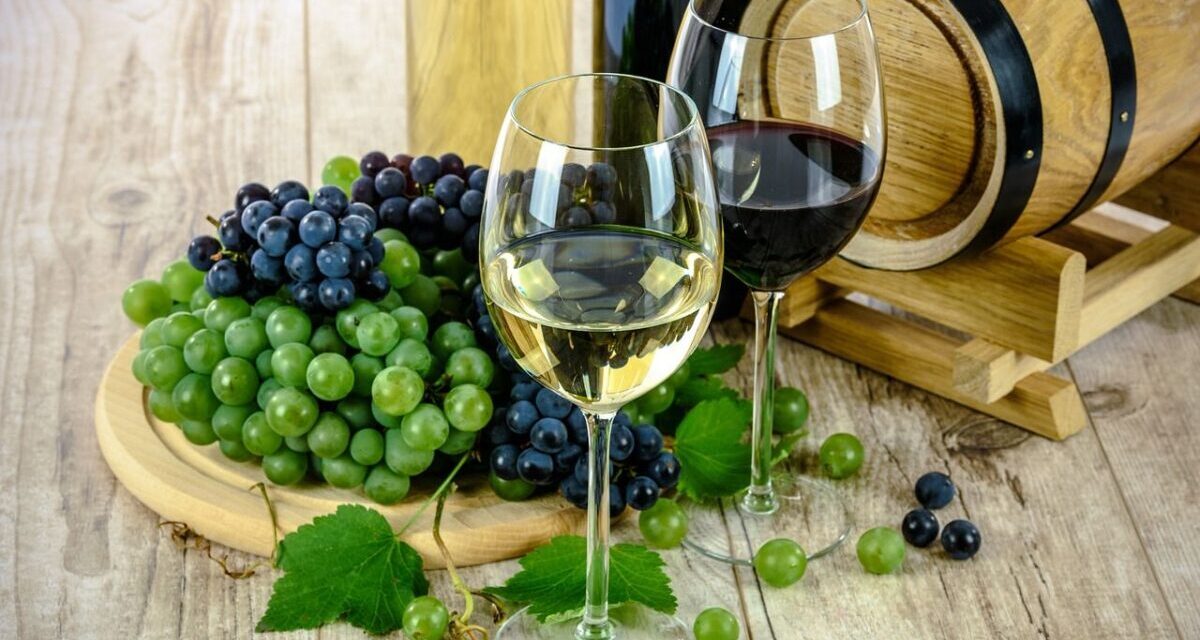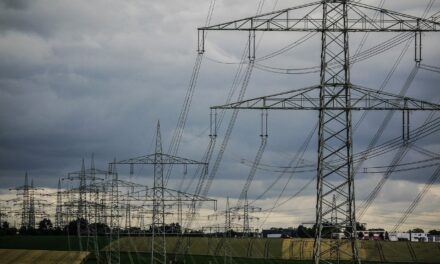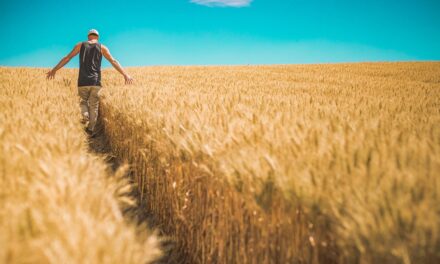It can even sniff out fake wines, in addition to being able to tell where a particular juice comes from.
Scientists have trained an algorithm to process and analyze data from chemical tests on wines with the help of artificial intelligence, and then trace back to their origin. With this procedure, even the number of wine fraudsters can be reduced more easily than before.
Using artificial intelligence and machine learning, researchers are able to distinguish wines based on differences in the concentration of compounds. Based on the results of the measurements, they can also determine where the given wine was made.
According to Alexandre Pouget, a professor at the University of Geneva in Switzerland, many people cheat with wines: they label cheap products and try to sell them for thousands of dollars.
To train the program, the scientists turned to so-called gas chromatography, with which they analyzed 80 wines harvested over 12 years from seven different estates in the Bordeaux region of France.
In addition to chemical processes, artificial intelligence also plays an important role in identification.
It does not look for individual compounds in wines, but uses data from all the chemicals detected in the wine to develop the most reliable signature of each compound. The program displays the results on a two-dimensional grid, where wines with similar signatures are grouped together.
Pouget said that, regardless of the vintage, the concentration pattern of the molecules in the wine is typical for a given growing area, and thus the place of origin of the wine can practically be identified based on the large amount of data.
"Each one is a symphony: they are not distinguished by a single note, but by the whole melody," added the professor.
"The power of machine learning in these types of investigations is becoming more evident with each new application in food and agriculture," said David Jeffery, associate professor of wine chemistry at the University of Adelaide.
The concentration of compounds in the wines of individual castles is influenced by many factors, from the grapes and the soil to the microclimate and the winemaking process.
While the program traced the wines back to their respective châteaux with 99 percent accuracy, it already had difficulty distinguishing vintages, achieving only 50 percent accuracy at best.
According to research published in the journal Communications Chemistry, machine learning can confirm whether a wine lives up to its label, thereby catching fraudsters.
In Europe, where adulterated drinks cost €3 billion (£2.6 billion) a year in lost revenue, recent cases have highlighted the scale of criminal syndicates operating in the industry.
Earlier this year, members of a gang were convicted of transporting Spanish table wines to France in tanker trucks and passing them off as French wine.
The fraud went on for years and is believed to have sold nearly 5 million bottles, some of which were labeled as Bordeaux wine.
Although fraud detection is the most obvious area of application for the program, according to Pouget, the approach will also be used for quality control in the wine industry.
"Each wine is a symphony: not a single note distinguishes them, but the whole melody"
Source: Pixabay-com












